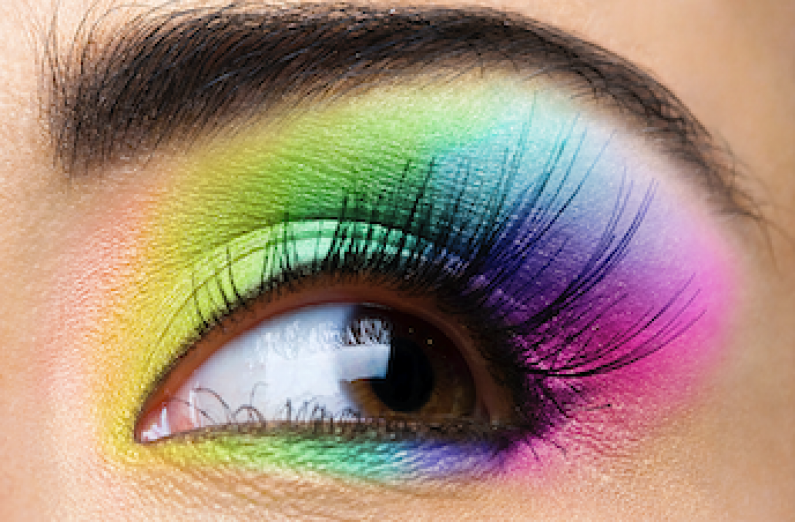
We have long since understood that colour plays a big part in how we feel and is a powerful influencer on mood and atmosphere. As lighting is one of the most useful design resources we have, it's interesting to explore how our use of coloured lighting can be implemented in design to create atmosphere with the specific goal of motivating people to spend more, enjoy more, relax more - whatever it is that we want to control.
Crudely and generally, we know that blue is often considered a cold colour, orange and pinks are warm and playful, red can be warm or denote danger and green is calming and so on. As studies have shown that people are able to identify over 10 million colours, this list could get out of hand!
At a basic level, the primary colours and secondary colours are yellow, read and blue and orange, purple and green, each with properties and qualities that are thought to affect how we feel:
Red is connected with energy and increasing sexual drive.
Blue is peaceful and often used in medical environments as it has shown to lower blood pressure.
Yellow is sometimes associated with digestion and as an aid to depression.
Green can give strength, growth and immunity.
Purple is linked with sleep, emotional and mental well-being and can decrease sexual drive.
Orange is a stimulating, creative colour that has connections with breathing (source: dmlights.com).
True for not, it is fascinating to think that certain colours could have the opposite effect to the one we are hoping for. Imagine lighting an area of a working environment with a purple aura, only to find staff being too relaxed or asleep!
RGB LEDs combine red, green and blue to create millions of different hues of light. According to Philips, not all colours can be created though, stating that 'brown or pink are difficult, or impossible, to achieve'. This is because they are outside the triangle of colours that these three primary and secondary colours can combine to create because they are 'pigment colours'.
Most people have thought about adding mood lighting to their home but are uncertain as to how to achieve it. The key is creating layered lighting, it is not about replacing your existing lighting scheme but adding layers to it. All rooms require a layer of bright light for practical reasons, the next layer should be your focused task lighting, and the third is the softer lighting for ambiance. With advances of LED technology, it is now possible to create ambiant or mood lighting in your home by introducing colour. (source: light rabbit.co.uk)
The same applies to commercial environments too - from the glare and detail focus of a car showroom to the warm glow of an intimate restaurant setting.
